Brain injury and concussion
The use of PEMF therapy in medicine and general wellbeing has been studied and evaluated for over 60 years, this includes a large body of work by NASA in the 1960’s showing the necessary effects of electromagnetic fields on the human body.
There is much evidence in many fields of health care showing PEMF therapy to be a beneficial, novel, and an effective way to treat patients using this non-invasive technology.
The one thing that stands out in almost every clinical trial and study using PEMF therapy is the fact that there are no side effects from the treatment. Everyone is different and we don’t necessarily respond in the same way to PEMF therapy but one thing we can be sure of it there are no ill effects from using this treatment protocol.
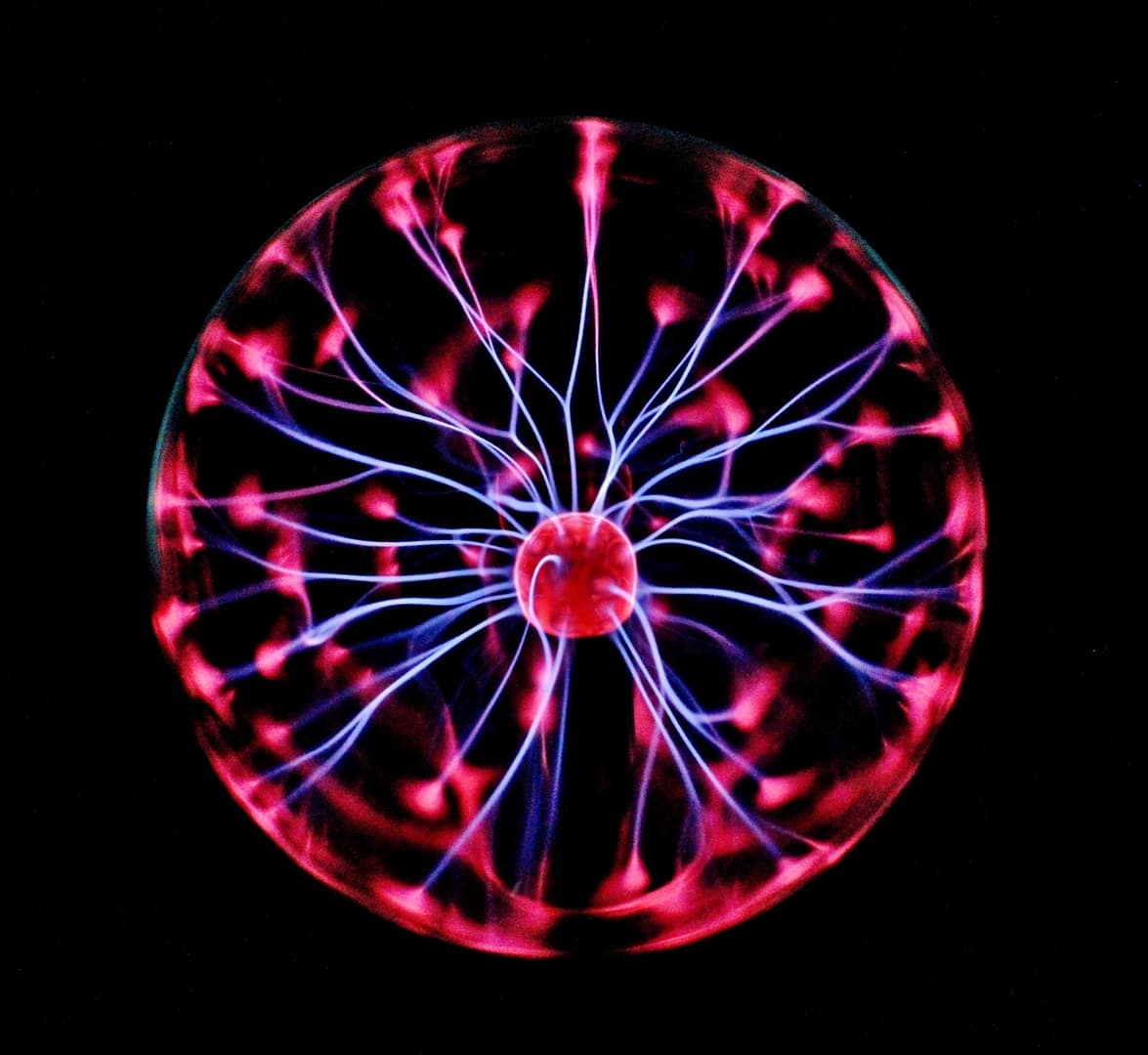
With that said, now let’s go ahead and look at the use of PEMF therapy in treating brain injury and concussion.
The trials we have investigated for this discussion use PEMF therapy and TMS or transcranial magnetic stimulation.
The difference between the two is that PEMF therapy is easier to apply and covers a wider treatment area. TMS on the other hand is much more targeted so the exact location of the injury needs to be determined. Also, TMS devices tend to be (although not always), more powerful than PEMF devices, this means that TMS treatment can be more expensive and will usually take place in a medical facility, whereas PEMF are more easily used and home and more affordable.
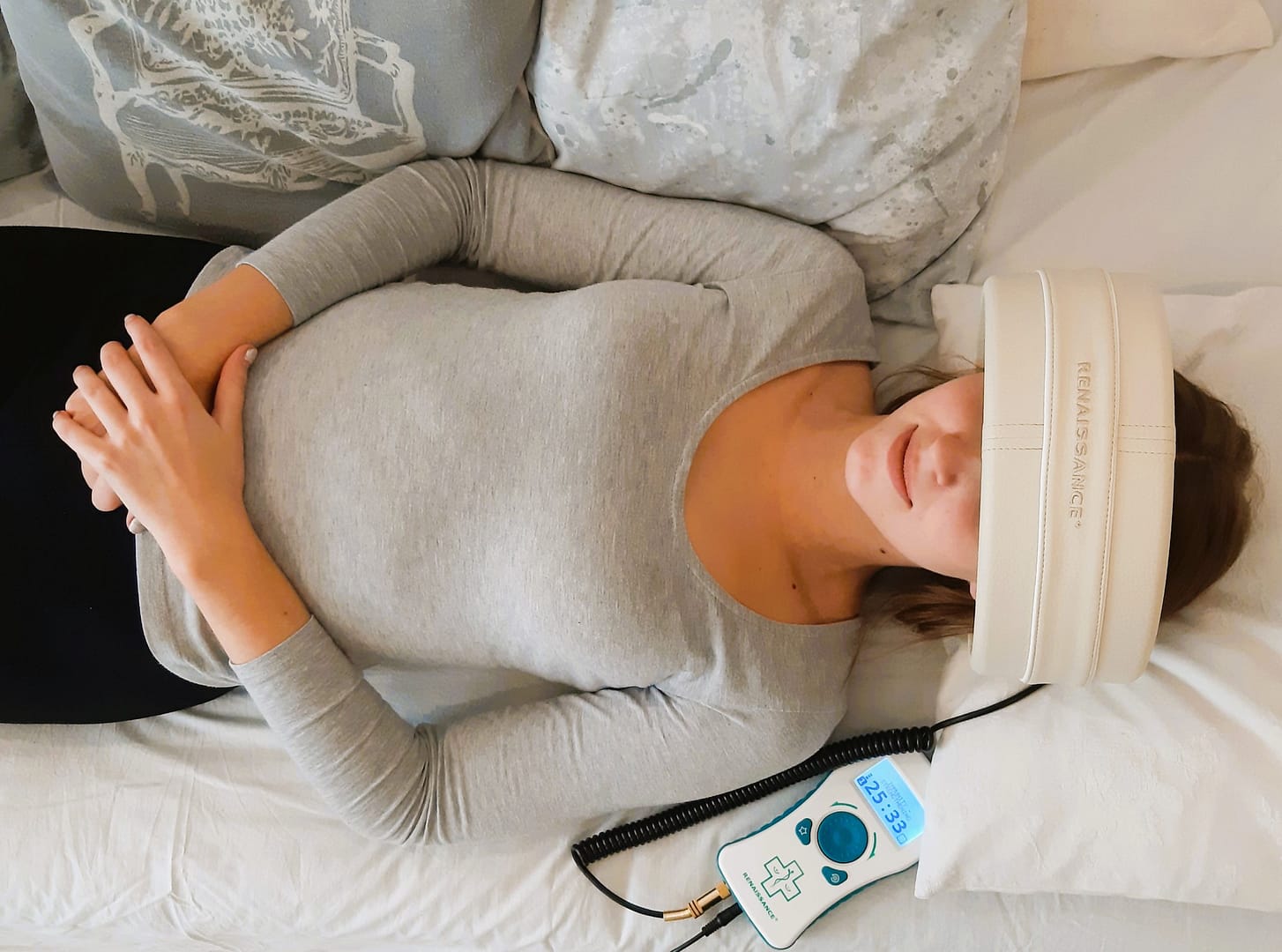
We know from all the research available that PEMF therapy reduces inflammation and promotes healing of soft tissue including bone. Put simply, the electromagnetic fields stimulate the cells and allow them to better absorb oxygen and nutrients, and better flush out toxins and carbon dioxide, these efforts combined enhance cell and soft tissue repair.
It is important to note at this point that patients with neurological disorders accompanied by seizures (e.g., epilepsy) should not apply magnetic therapy devices to the head area (unless a neurologist recommends otherwise). This can be seen in a 2013 study using “TMS in brain injury” where the application of TMS following brain injury, stroke, traumatic and anoxic brain injury was implemented. The results describe TMS as being a useful non-invasive brain stimulation tool and promising to influence post-lesional recovery. Those conducting the study did finally note that TMS could be limited because of the risk of seizure and is contradicted in many patients.
PEMF devices shouldn’t be used as a diagnostic tool for illness or injury, and it is important in many cases, especially when dealing with head trauma and brain injury that a proper diagnosis is made to ensure the PEMF treatment protocol is suitable and directed towards the affected area.
We can see in a 2014 case study “preliminary guidelines for repetitive transcranial magnetic stimulation use in moderate to severe traumatic brain injury” that it is important to regularly assess the patient through the treatment. In this study involving rTMS (repetitive transcranial magnetic stimulation) on a patient with severe traumatic brain injury (TBI), the assessments were made monthly and in this case the patients depression rating improved and there were no observed side effects.
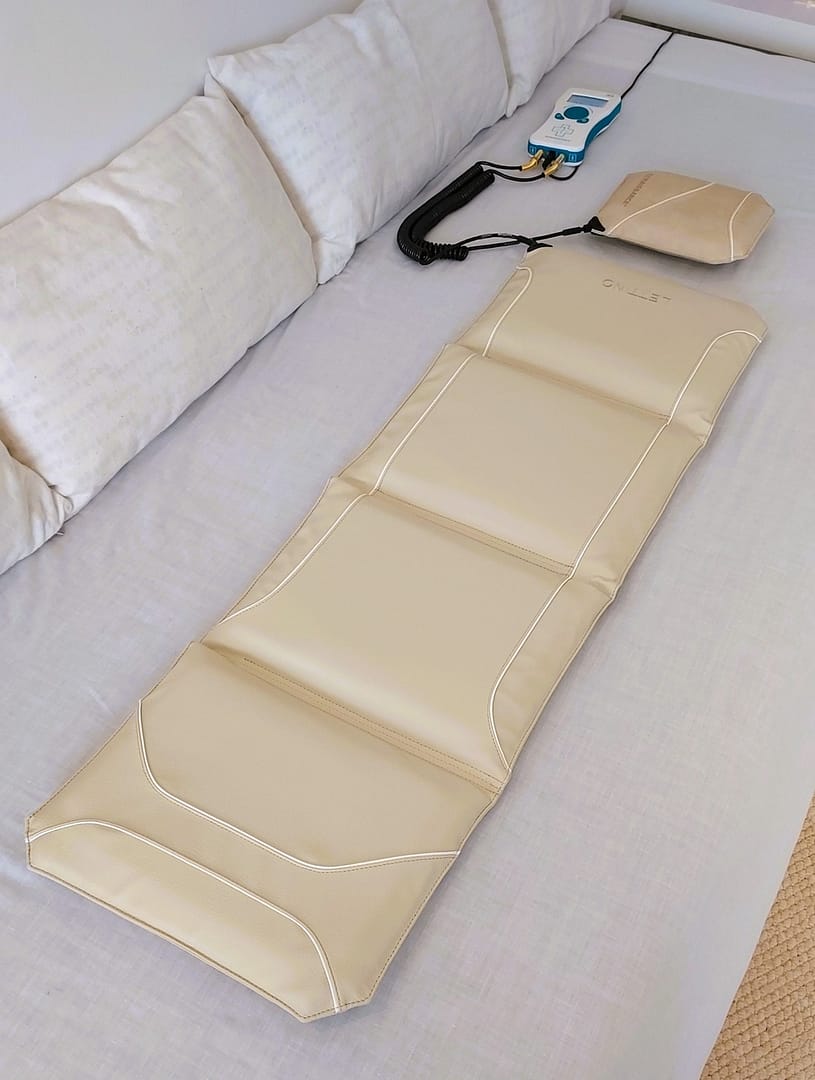
Concussion.

Concussion is a type of traumatic brain injury (TBI) and is also known as a mild traumatic brain injury that’s effects are usually temporary. These effects can include but are not limited to headaches, problems concentrating and memory, balance, and nausea.
Concussion occurs when a direct blow to the head or an indirect blow to the body (such as whiplash) cause a violent shacking of the head., and the brain moves inside the head and can collides with the skull. Rapid movement from trauma can cause the brain tissue to change shape which can stretch and damage the brain cells. All of this results in brain damage and neurological impairments of varying degrease.
A 2016 study that investigated the use of rTMS to treat headaches in patients with mild TBI found this non-invasive treatment to be effective and well tolerated and the results warranted further controlled studies.
In the world of physical and contact sport concussion is one of the most common injuries a player can suffer. The world health organisation (WHO) reports there are about 69 million traumatic brain injuries in sport every year, fortunately of those about 56 million falls into the mild category.
Studies over the last ten years into the repeated heading of a football have shown that concussion doesn’t have to be from a single blow to the head but rather the cumulative affects over a period of time, and research published in 2019 suggests professional footballers and three and a half times more likely to suffer with neurological disease including dementia and confirming a link between football and brain damage.
When using PEMF therapy it is advantages in many cases to start treatment once a diagnosis has been obtained, this can be especially true for head trauma. A 2019 study pilot study on Tolerability and efficacy of repetitive Transcranial Magnetic Stimulation on Persistent Post-Concussion Syndrome supports the claim that rTMS is a tolerable and potentially effective treatment for individuals with a recent (less than 1 year) concussion. For those who take repetitive blows to the head it may be a consideration to use PEMF therapy as part of daily recovery program.
In 2020 a study was published regarding the treatment of patients who had developed long-lasting symptoms following mild (TBI). Using Transcranial pulsating low-frequency electromagnetic stimulation (T-PEMF) the researchers concluded that T-PEMF warranted further studies as a treatment option for those suffering post-concussion syndrome. At the beginning of the treatment program some subjects experienced discomfort but this this reduced with each subsequent treatment session and overall, the group had a reduction in symptoms up to 61% based on the Rivermead Post-Concussion Symptoms Questionnaire.
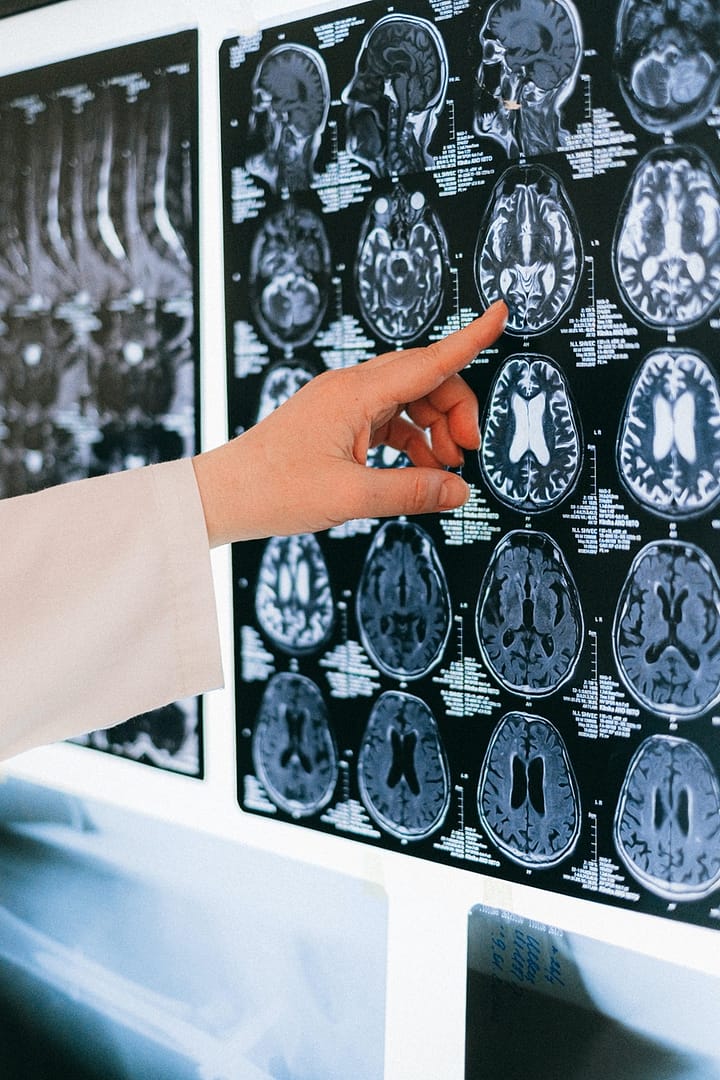
The brain and neurons.
Neurons are cells that are specialized for communication in the nervous system. They are responsible for transmitting information throughout the body, both by sending and receiving electrical and chemical signals. Neurons are essential for the functioning of the brain and the nervous system.
The electrical pathways in the brain are formed by the axons of neurons. Axons are long, thin extensions of neurons that transmit signals to other cells. When an electrical signal, or action potential, travels down the axon of a neuron, it causes the release of chemicals called neurotransmitters at the end of the axon. These neurotransmitters bind to receptors on other cells and can either excite or inhibit them, depending on the type of neurotransmitter and receptor. This process of transmitting electrical signals from one neuron to another is known as neurotransmission.
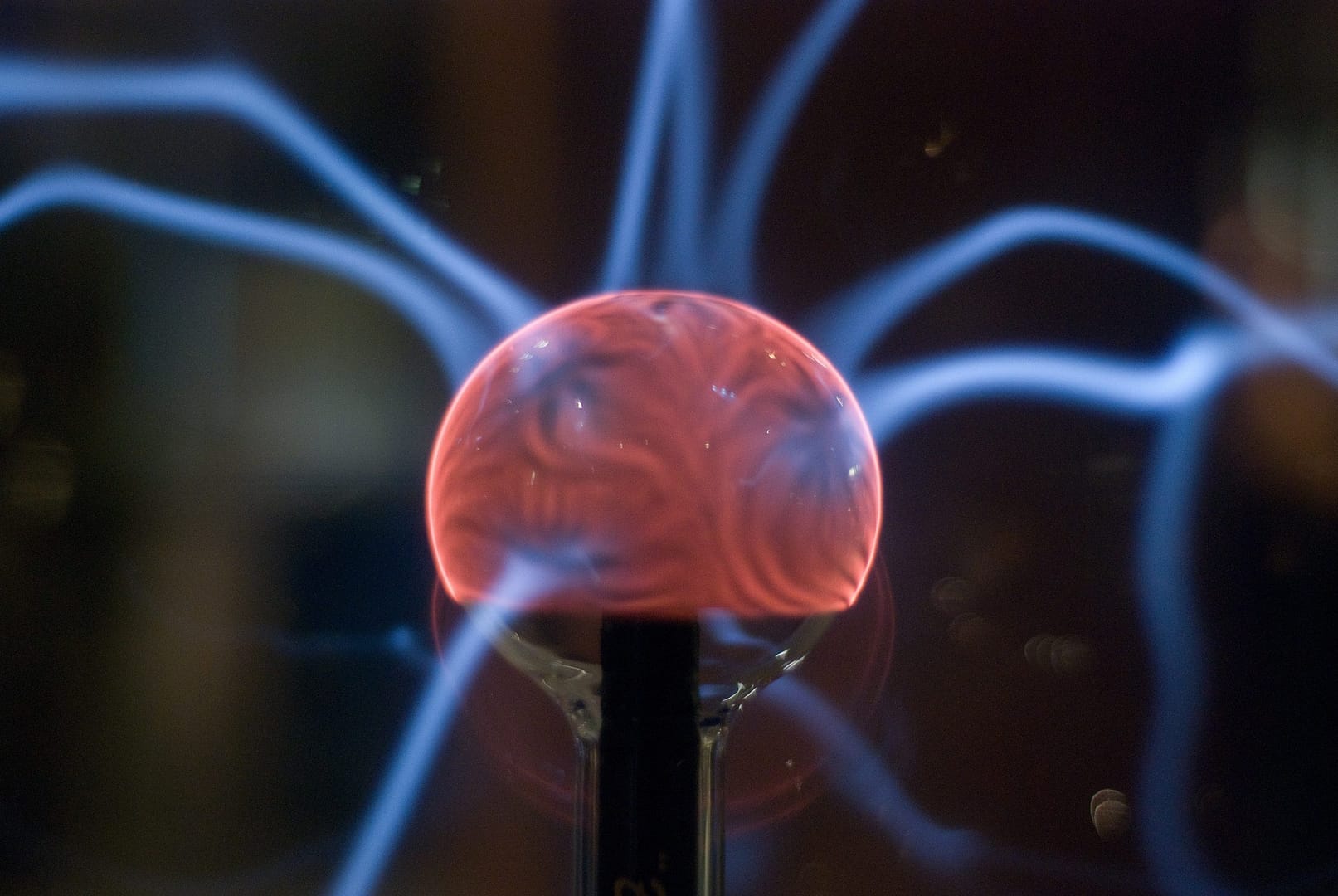
PEMF therapy stimulates the neurons and allows brain cells to return to their normal function frequencies. Along with reducing inflammation and soft tissue regeneration this is how PEMF therapy can help with brain injury and concussion.
While most people suffer no long term affects from mild brain injury it is important to seek medical if your condition worsens. The following list of symptoms has been copied from the Headway website (the brain injury association)
- Loss of consciousness
- Increasing disorientation
- New deafness in one or both ears
- Problems understanding or speaking
- Loss of balance or problems walking
- Blurred or double vision
- Any weakness in one or both arms or legs
- Inability to be woken
- Any vomiting
- Bleeding from one or both ears
- Clear fluid coming out of your ears or nose
- Any fits (collapsing or passing out suddenly)
- Drowsiness when you would normally be wide awake
- Severe headache not relieved by painkillers such as paracetamol
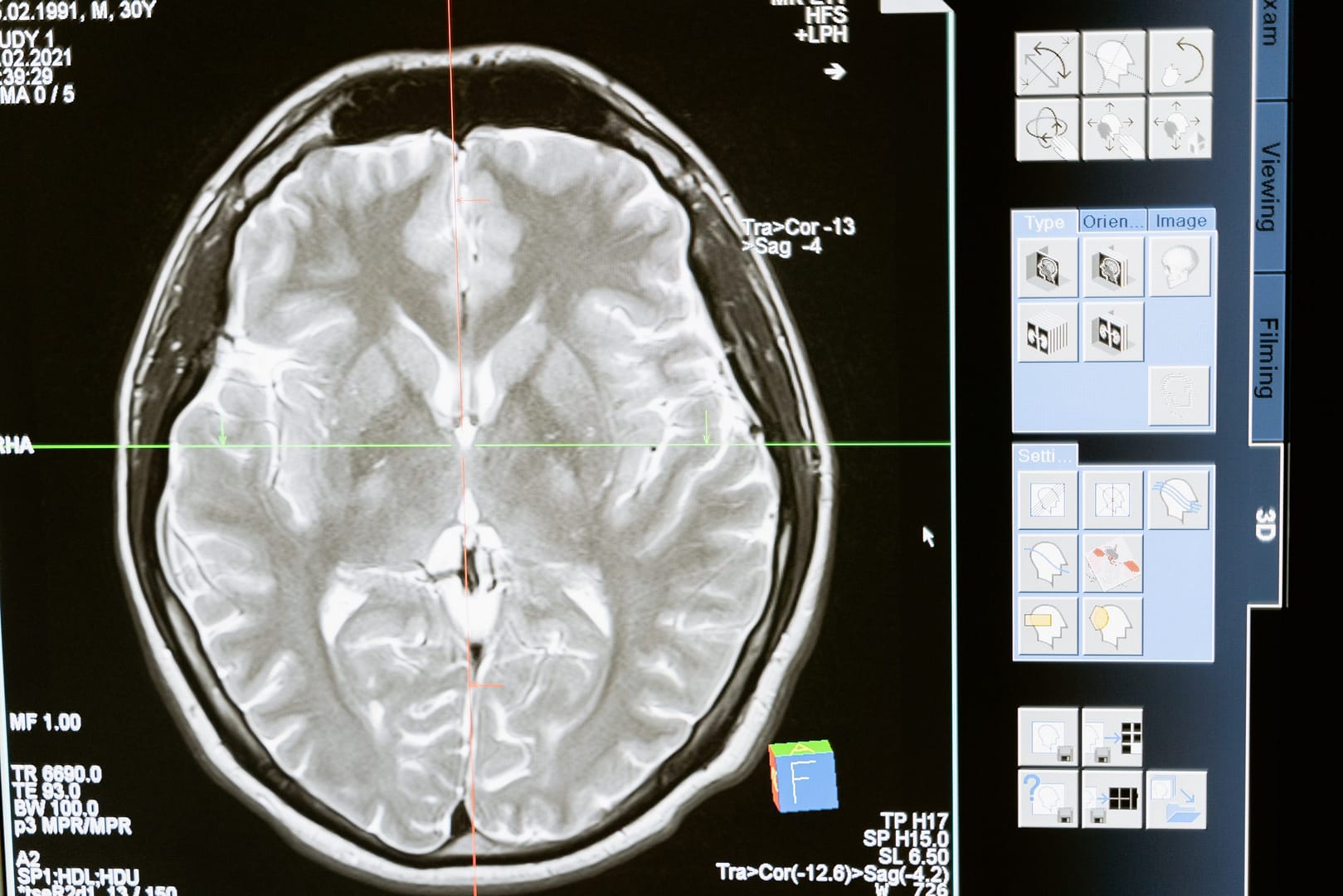
The Headway website is a great source of information for anyone who has experienced brain injury or concussion or simply wants to find out more on the subject.
In conclusion.
PEMF therapy can play an important role in treating brain injury and concussion but care must be taken especially in the case of those with accompanying seizures like epilepsy. When used correctly there are no side effects to this treatment and most trials and studies produce positive outcomes.
When using PEMF therapy at home it is important you have an understanding of the condition you are treating and how the PEMF devices work. With the Renaissance devices we sell it is possible to start a session with only 10% of the maximum magnetic field (MMF).
As you begin to feel more comfortable after each session the controller allows you to increase the MMF in incremates of 10% up to a maximum of 400 gauss. PEMF therapy is designed to be gentle and non-invasive but experienced for the first time at full MMF can give the patient a strange felling that is sometimes called the spa effect, like getting out of a hot pool or bath. Patients will get used to the effects of PEMF therapy quickly and this will pass.
The clinical trials and studies that have investigated PEMF therapy to treat TBI have shown great results so far. They have shown reductions in headache, depression and shown it can help with cellular regeneration of soft tissue and neural pathways. Like with everything scientific we need larger studies to draw more conclusion and confirm previous findings but so far PEMF therapy has shown itself to be a tool that can improve the outcomes of those suffering with TBI and concussion.
https://pubmed.ncbi.nlm.nih.gov/30940870/ – A Pilot Randomised Double-Blind Study of the Tolerability and efficacy of repetitive Transcranial Magnetic Stimulation on Persistent Post-Concussion Syndrome
https://pubmed.ncbi.nlm.nih.gov/26815263/ – rTMS in Alleviating Mild TBI Related Headaches–A Case Series
https://pubmed.ncbi.nlm.nih.gov/24378049/ – Transcranial magnetic stimulation in brain injury
https://www.archives-pmr.org/article/S0003-9993(14)01116-2/fulltext – Preliminary Guidelines for Safe and Effective Use of Repetitive Transcranial Magnetic Stimulation in Moderate to Severe Traumatic Brain Injury
https://www.physio-pedia.com/The_Rivermead_Post-Concussion_Symptoms_Questionnaire_(RPQ) – Rivermead post- concussion symptoms questionnaire
Disclaimer: These pages outline how PEMF has helped many people and health issues. This does not prove that others would have the same results. Our products are designed to promote health and wellness and not to diagnose, treat or prevent specific medical conditions, for which you should see a doctor or health care professional. This information has not been evaluated by the US FDA or UK Medicines and Healthcare Products Agency. While we try to keep it up to date and correct, we give no guarantees of any kind about its completeness, accuracy, or suitability.
Nice care and its employees have no formal medical training or qualifications. We will advise you with regards to how PEMF therapy could help you and explain how it has helped others. We do not offer medical advice or diagnosis. If you are unwell or need medical advice, please consult a doctor or health care professional.
The MHRA have seen all certificates issued by the relevant European safety boards and have raised no objection with regards to the suitability or sale of Renaissance® products in the UK
